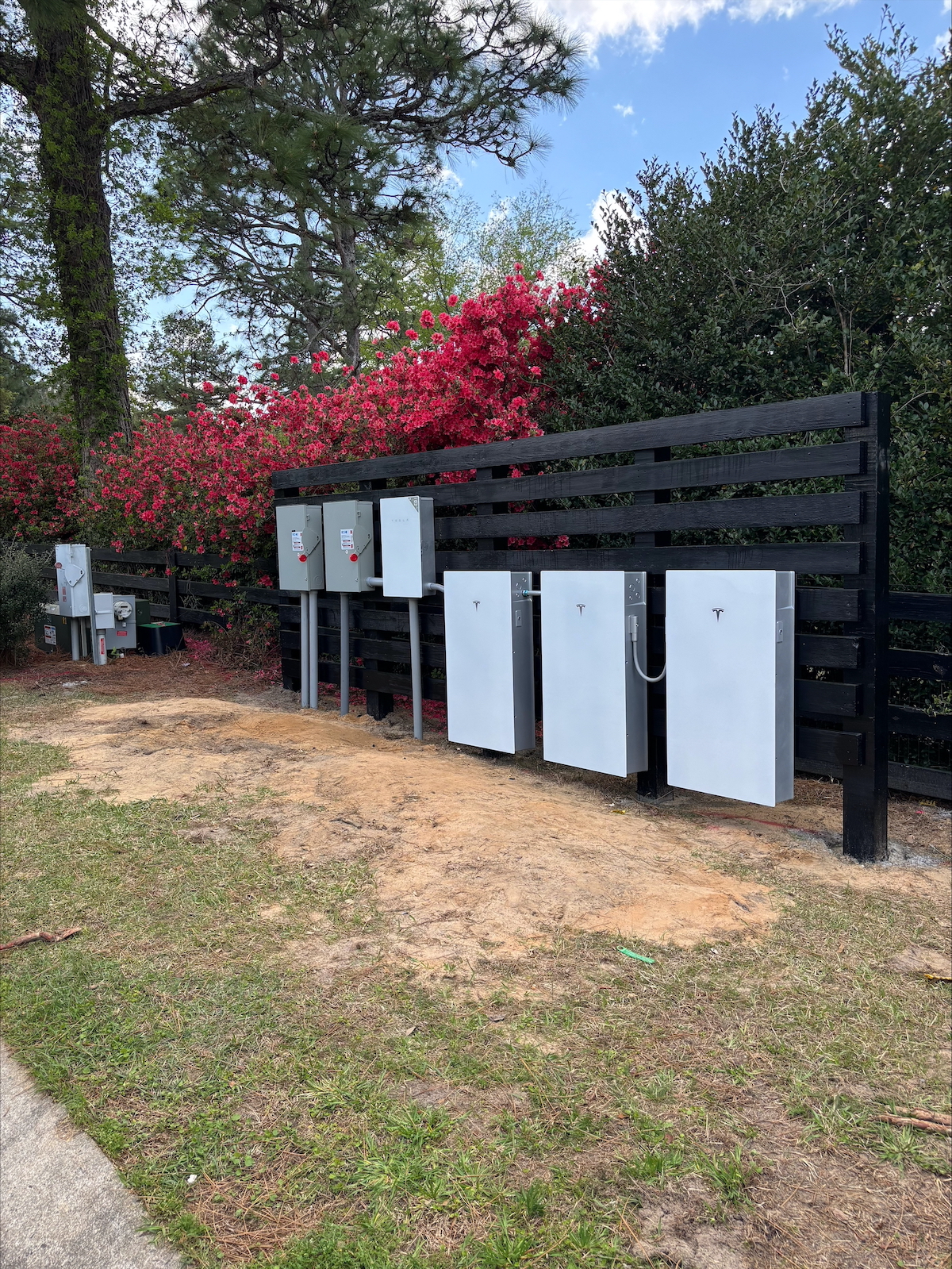The Rauch Report
By Bill Rauch
After decades of ruined backyard barbeques, formal complaints, lawsuits, meetings, delicate suggestions and steely stonewallings there is finally a glimmer of hope for the residents of Lady’s Island and Burton who live near the ends of MCAS Beaufort’s runways.

Seeking to find a way to limit jet noise in the Beaufort area without adversely affecting the area’s military-based economy, US Congressman Mark Sanford last month quietly took the first formal step toward getting MCAS Beaufort an auxiliary landing field. Such a facility would spare the area much of the noise from the Marine Corps’ F-35B Joint Strike Fighters’ practice runs, runs whose numbers are expected to increase dramatically soon.
Most residents of this military town have no quarrel with jets coming in and out of MCAS Beaufort. It is when three or four jets circle the base at low altitude 8 or 10 times each, touching down and then gunning it once again for another circle around that residents lose patience. These round and round landing practice maneuvers known as “touch and goes” is what would be transferred to an auxiliary landing field, sparing the residents who live around the Air Station the repetitive deafening events that over the years have driven them indoors to call the Air Station’s CO, or their congressman, The White House, or their mayor … and their lawyers and realtors.
With the exception of Edwards Air Force Base in southeastern California and Hill Air Force Base in northwestern Utah, MCAS Beaufort is the only military airfield hosting the F-35 in the continental U.S. where the aircrafts’ pilots cannot practice their touch and goes at a remote airfield. Edwards, the desolate home to test pilot legends, is located in the Mojave Desert. And Hill AFB, so remote it can support a live fire range, is in the Great Salt Lake Desert.
As military aircraft have become louder and the areas around coastal military airfields have become more populated auxiliary landing facilities have become more prevalent. More than just runways in unpopulated areas, auxiliary landing fields are military outposts that are necessarily kept secure, that are supervised by control towers, and that post various safety, firefighting and medical personnel and equipment on site during flight operations.

Looking at the numbers of expected flights and hearing from various constituent groups and local governments of the need, late last month Sanford submitted an Appropriations Request to facilitate a Needs Study by the Secretary of Defense for a Marine Corps Auxiliary Landing Field proximate to MCAS Beaufort, the congressman’s Washington office confirmed Monday. This first-ever-for-Beaufort request “will start the conversation at the Department of Defense in Washington,” a Beaufort-based military analyst explained. Sanford’s move followed immediately Northern Beaufort County Regional Plan Implementation Committee’s unanimous adoption of the 2015 Joint Land Use Study Update that identified acquisition of an auxiliary landing field as a “key issue” for MCAS Beaufort and the surrounding area.
For decades Beaufort’s leadership has resisted pushing for this step because they feared that the expense of an auxiliary landing field might cause MCAS Beaufort to land on a base closure list, thus collapsing the area’s economy.
However with the F-35B Joint Strike Fighter now replacing the F-18 Hornet as the Marines’ go-to jet fighter, and with MCAS Beaufort now transitioning into becoming one of a handful of training facilities for F-35 pilots, and one of only two serving the Marine Corps’ F-35Bs, that is changing. Moreover, not only will Marines Corps F-18 and F-35B pilots be training in Beaufort over the next decade, but U.S. Navy pilots training on the F-18E and F-18F will continue to train here, and pilots from the United States’ NATO allies and those of other countries that have been permitted access to the F-35 will be training in Beaufort too. Recognizing this, the Air Installations Compatible Use Zones (AICUZ) study prepared by the Navy in 2013 indicated military operations (flights) into and out of MCAS Beaufort will nearly triple from 38,402 in 2012 to 106,030 in 2023.
According to the F-35’s manufacturer, Lockheed Martin, by 2018 F-35Bs will be based at MCAS Yuma in Arizona, Nellis AFB in Nevada, Luke AFB in Arizona, and Eglin AFB in Florida in addition to Edwards AFB in California, Hill AFB in Utah and in Beaufort. With the exception of Hill, Edwards and MCAS Beaufort all these facilities currently enjoy access to outlying fields where they can conduct their touch and go practice.
Late last year the U.S. Navy issued a Record of Decision stating that all their F-35Cs would be home ported at Naval Air Station Lemoore outside Fresno, California. Lemoore is surrounded by rural agricultural uses, mostly orchards, and its pilots have access to outlying fields, according to Navy Spokeswoman Lt. Cmdr. Nicole Schwegman.
Scientific data relating to the noise created by F-18s and F-35s respectively have been notoriously scarce and contradictory in recent years. But since a few F-35Bs have begun operating out of MCAS Beaufort recently local observers agree the F-35Bs are louder than the F-18s, especially with respect to the distinctive high-pitched screech they throw off. Defense News reported last year that because of the increased noise from the F-35s the Navy has developed and is requiring the use of new ear protection devices know as DC2s by sailors working the decks of aircraft carriers.
Beaufort County, The Town of Port Royal and The City of Beaufort have all passed resolutions requesting that the Pentagon pursue a Marine Corps Auxiliary Landing Field for MCAS Beaufort, according to Robert Merchant in Beaufort County’s Planning Office. Sanford’s Appropriations Request begins to bring the weight of the U.S. Congress behind the localities’ shared position.
Rauch Report Round-up
Last week the Beaufort County Council, citing concerns over its possible adverse effect upon future Rural and Critical Land Preservation Program bond referenda results, voted 8-2 to discontinue their efforts to build a gun park on the Lobeco area land they purchased recently.






